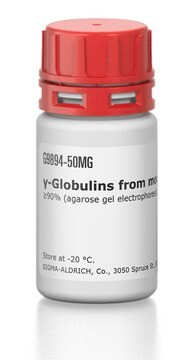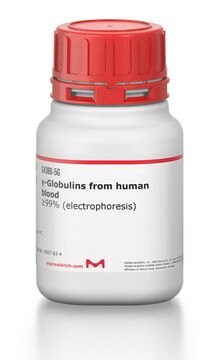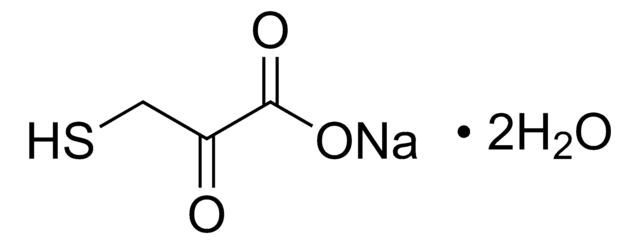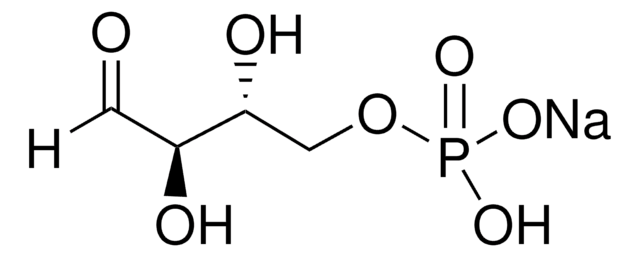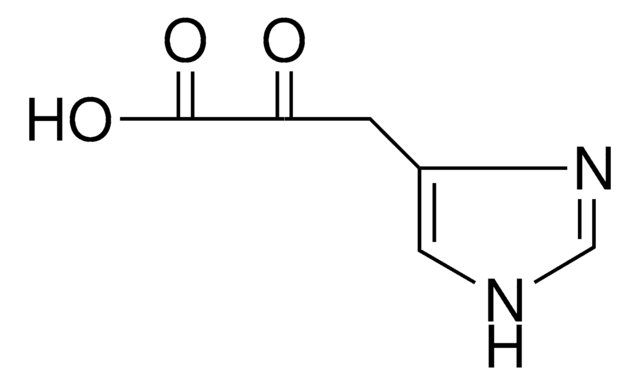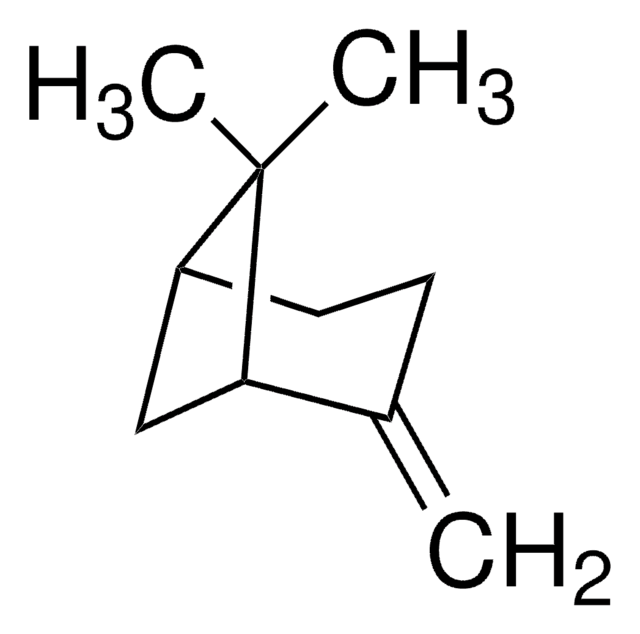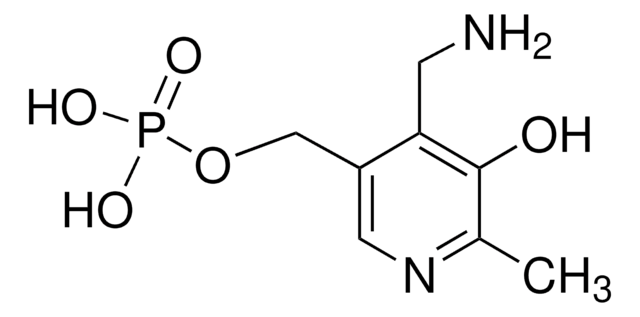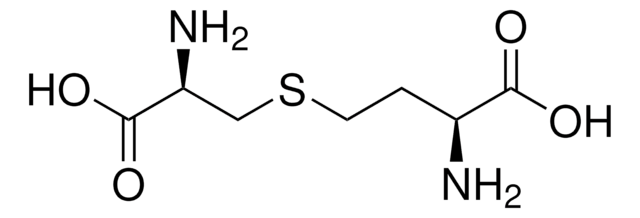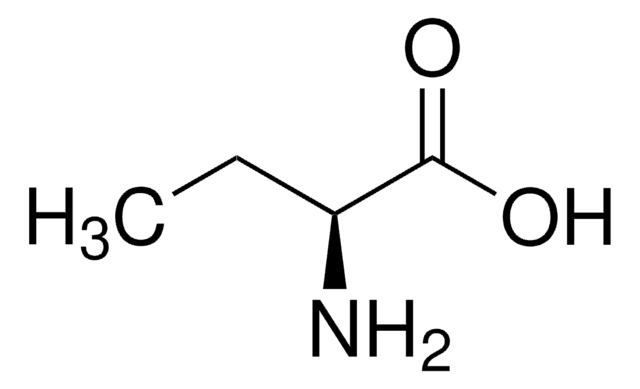K6000
α-Keto-γ-(methylthio)butyric acid sodium salt
≥97%
Synonym(s):
4-Methylthio-2-oxobutanoic acid sodium salt, 4-Methylthio-2-oxobutyric acid sodium salt, KMBA
Sign Into View Organizational & Contract Pricing
All Photos(4)
About This Item
Linear Formula:
C5H7O3SNa
CAS Number:
Molecular Weight:
170.16
MDL number:
UNSPSC Code:
12352100
PubChem Substance ID:
NACRES:
NA.22
Recommended Products
Quality Level
Assay
≥97%
storage temp.
2-8°C
SMILES string
[Na].CSCCC(=O)C(O)=O
InChI
1S/C5H8O3S.Na/c1-9-3-2-4(6)5(7)8;/h2-3H2,1H3,(H,7,8);/q;+1/p-1
InChI key
IFSCKRWNXKWTLR-UHFFFAOYSA-M
Related Categories
General description
α-Keto-γ-methylthiobutyric acid (KMTB) is a keto derivative of L-methionine that shows considerable potential as a substitute for L-methionine. The sodium salt of KMTB can be employed in nucleophilic substitution reactions. Additionally, it acts as a building block for the synthesis of amino acids, peptides, and other complex organic compounds.
Application
- Measuring antioxidant capacity using the ORAC and TOSC assays.: This study details the use of α-Keto-γ-(methylthio)butyric acid sodium salt in assessing antioxidant capacity through ORAC and TOSC assays, emphasizing its utility in metabolic and chemical synthesis research (Garrett AR et al., 2010).
Signal Word
Warning
Hazard Statements
Precautionary Statements
Hazard Classifications
Eye Irrit. 2 - Skin Irrit. 2 - STOT SE 3
Target Organs
Respiratory system
Storage Class Code
11 - Combustible Solids
WGK
WGK 3
Flash Point(F)
Not applicable
Flash Point(C)
Not applicable
Personal Protective Equipment
dust mask type N95 (US), Eyeshields, Gloves
Choose from one of the most recent versions:
Already Own This Product?
Find documentation for the products that you have recently purchased in the Document Library.
Customers Also Viewed
Rebecca Piccarducci et al.
Antioxidants (Basel, Switzerland), 8(11) (2019-11-14)
The allele epsilon 4 (ε4) of apolipoprotein E (ApoE) is the strongest genetic risk factor for Alzheimer's disease (AD). ApoE protein plays a pivotal role in the synthesis and metabolism of amyloid beta (Aβ), the major component of the extracellular
Ryan N Dilger et al.
The Journal of nutrition, 137(8), 1868-1873 (2007-07-20)
Relative bioefficacy and toxicity of Met precursor compounds were investigated in young chicks. The effectiveness of DL-Met and 2-keto-4-(methylthio)butyric acid (Keto-Met) to serve as L-Met precursors was quantified using Met-deficient diets of differing composition. Efficacy was based on slope-ratio and
Simona Daniele et al.
Frontiers in aging neuroscience, 10, 17-17 (2018-02-15)
The loss of protein homeostasis that has been associated with aging leads to altered levels and conformational instability of proteins, which tend to form toxic aggregates. In particular, brain aging presents characteristic patterns of misfolded oligomers, primarily constituted of β-amyloid
Gary W Winston et al.
Comparative biochemistry and physiology. Toxicology & pharmacology : CBP, 139(4), 281-288 (2005-02-03)
During embryogenesis in grass shrimp the capacity to scavenge oxyradicals increased as measured by the Total Oxyradical Scavenging Capacity (TOSC) assay. The increase in TOSC during embryogenesis was associated with increasing concentrations of a number of antioxidants, including coenzyme Q
Manas K Chattopadhyay et al.
Proceedings of the National Academy of Sciences of the United States of America, 102(45), 16158-16163 (2005-11-02)
Methylthioadenosine is formed during the biosynthesis of spermidine and of spermine and is metabolized by methylthioadenosine phosphorylase, an enzyme missing in several tumor cell lines. In Saccharomyces cerevisiae, this enzyme is coded by the MEU1 gene. We have now studied
Our team of scientists has experience in all areas of research including Life Science, Material Science, Chemical Synthesis, Chromatography, Analytical and many others.
Contact Technical Service